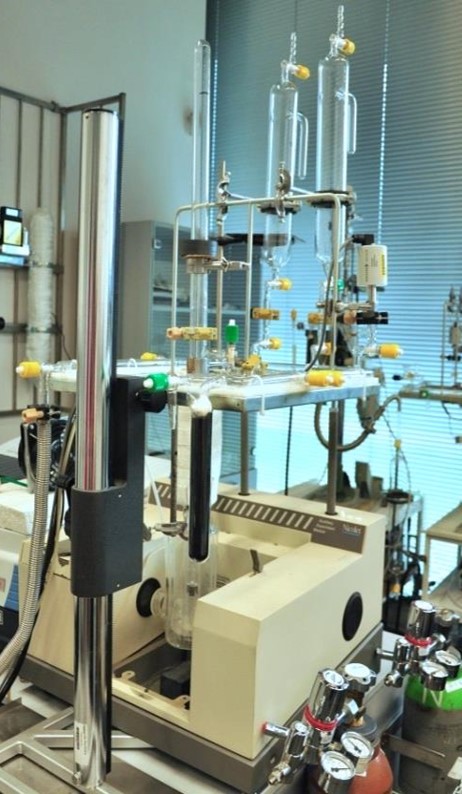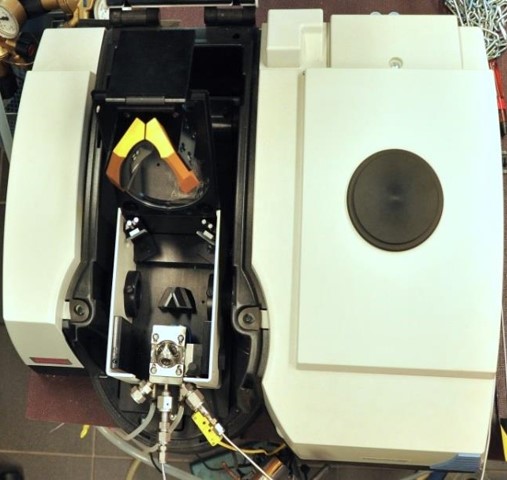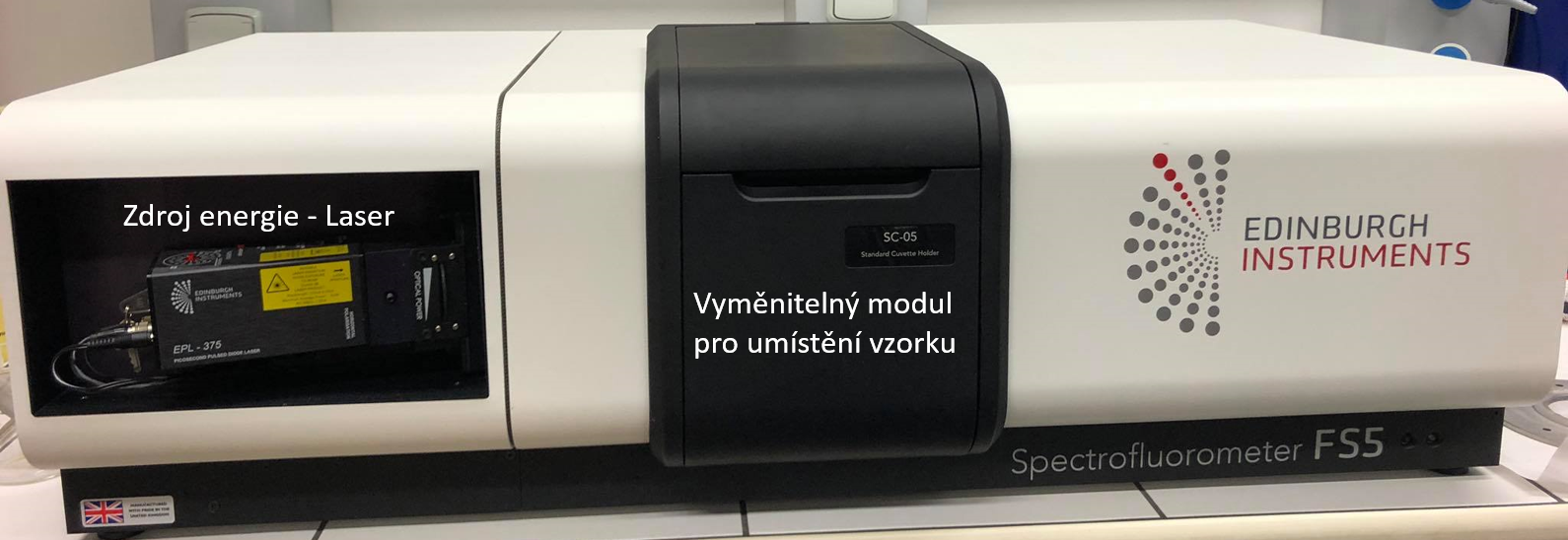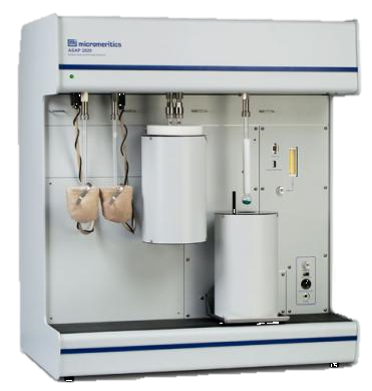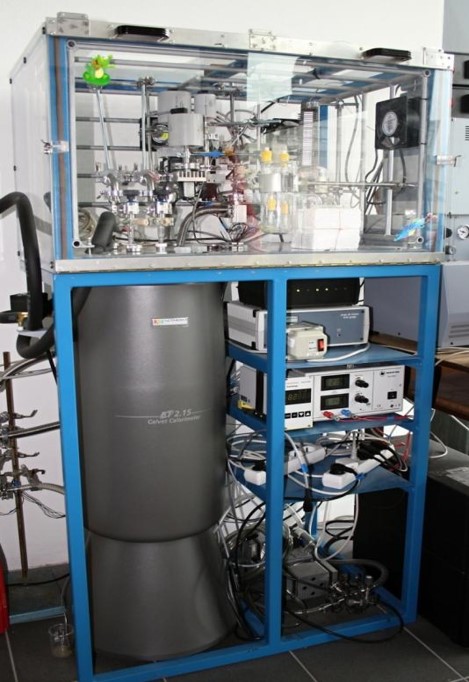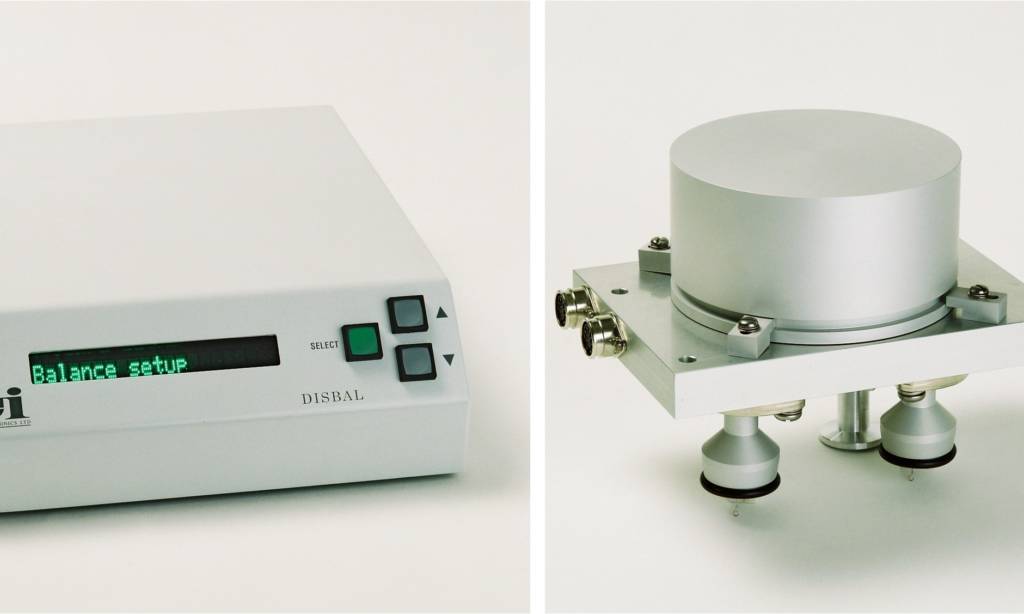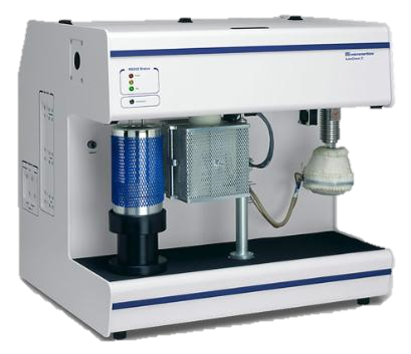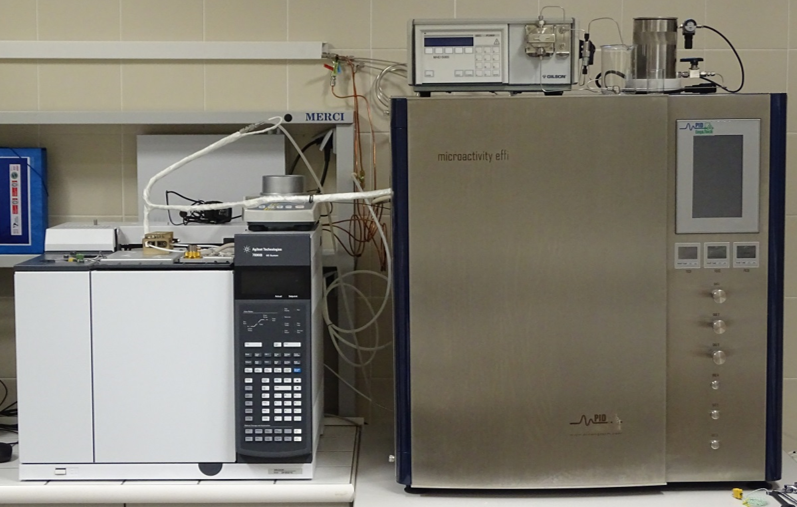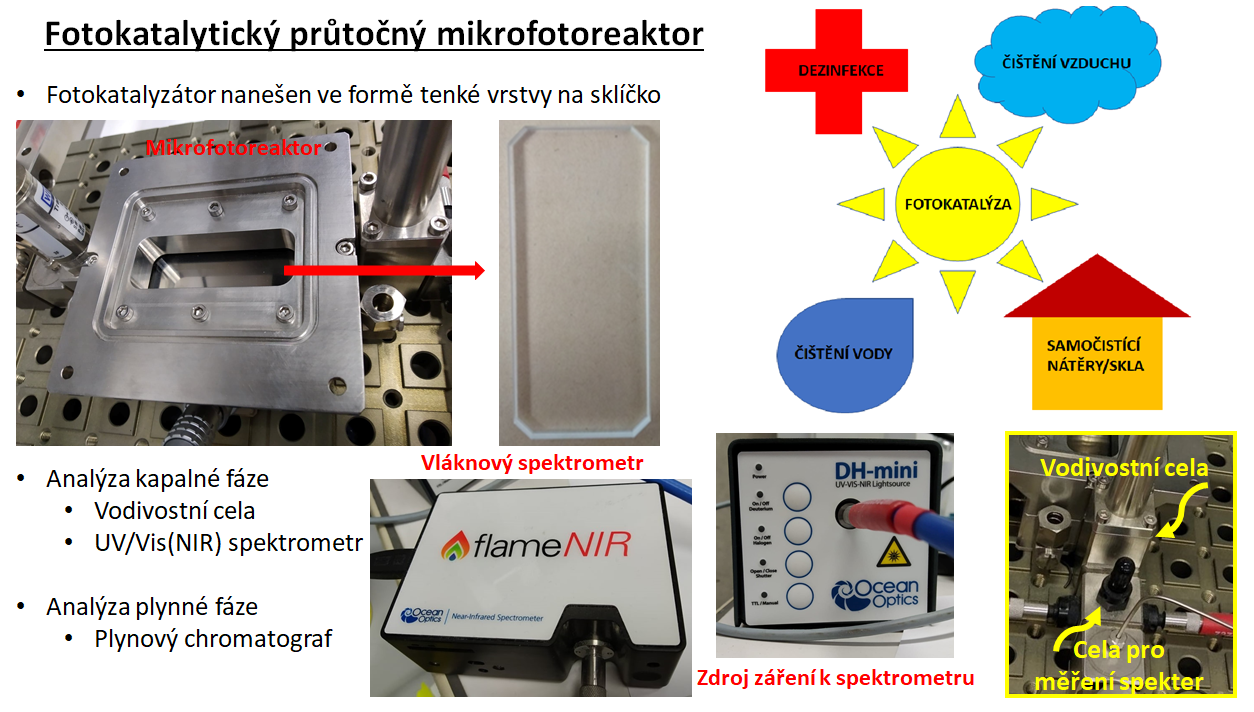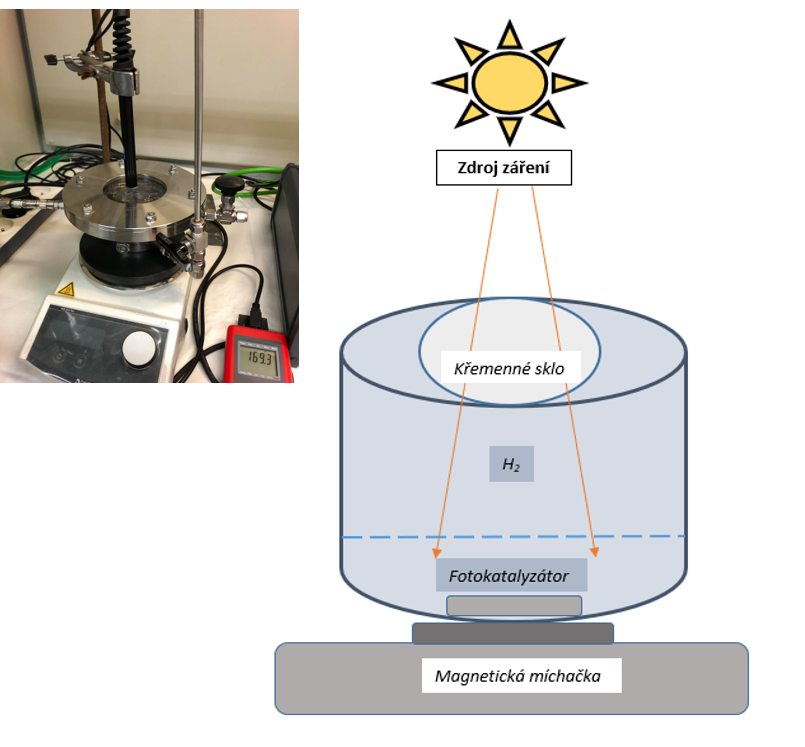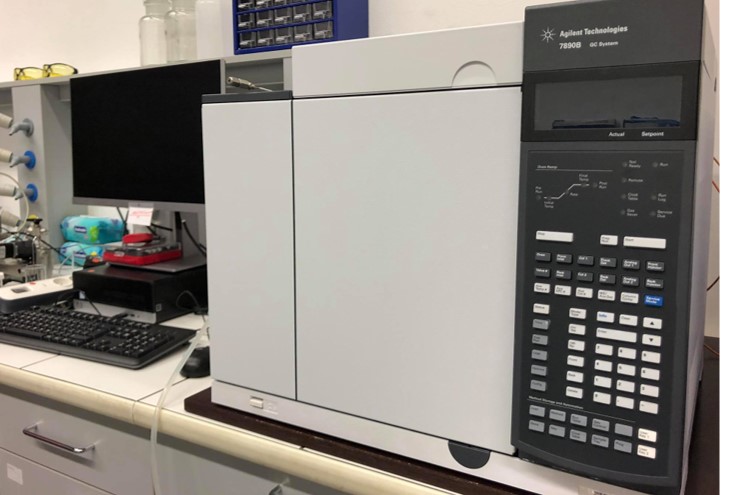Spectroscopy
FTIR spectrometers Nicolet 6700 and iS50 with high-temperature and low-temperature static and flow-through cells from Linkam and AABSpec companies, several purpose-made static vacuum cells for investigation of adsorption complexes, diffuse-reflectance high temperature vacuum and through-flow cell
DR UV-vis spectrometer - diffuse reflectance spectrometer GBS CINTRA 303 (GBC Scientific Equipment, Australia) equipped with an integrating sphere covered by BaSO4 layer. UV-vis spectrophotometer Evolution 300 (Thermo Scientific) equipped with high temperature cell (The Praying Mantis, Harrick) allowing measurement in temperature range from -150 to 600 °C and with pressure 10-4 - 106 Pa.
Dispersive Raman spectrometer- DXR Raman spectrometer Thermo Scientific DXR SmartRaman with a 532 nm and 780 nm lasers.
Modular fluorescence spectrophotometer FS5-SS
- measurement of spectra at steady state, i.e. emission, excitation and synchronous spectra;
- measurement of absorbance, transmittance, spectrum kinetics and excitation-emission maps;
- measuring fluorescence quantum yield; measuring the spectra of solid samples in the form of powders and thin films;
- measurement of spectra of liquid samples Two monochromators (excitation and emission) of the Czerny-Turner type, each with a focal length of 225 mm
Adsorption measurements
- Automatic volumetric apparatus for measurement of adsorption isotherms and texture of solids ASAP 2020 (Micromeritics) + software packages for isotherms evaluation (MicroActive, SAEIUS)
Volumetric vacuum adsorption apparatus for investigation of adsorption equilibrium combined with Low-temperature Tian-Calvet Microcalorimetr BT2.15 (Setaram, France)
Microcalorimetry - The isothermal Tian-Calvet micro-calorimeter combined with volumetric adsorption apparatus
Thermogravimetry
- Purpose-made volumetric vacuum apparatus equipped by vacuum microbalances MK5 from (CI Precision) for measurement of adsorption equilibrium and thermogravimetric experiments
ZLC/Through-flow chromatographic technique
- The ZLC methodology (whose name is an abbreviation of the Zero Length Column) is one of the methods for measuring the rate of transport of substances (diffusion) into (or from) porous materials. In addition to determining the so-called diffusion coefficient, it also provides information on the nature of the interaction between the diffusing molecule and the environment in which these molecules are transported.
TPR/TPO/TPD techniques
- Two temperature programmed desorption-reduction apparatuses (Autochem 2910, Micromeritics) with on-line connection to mass spectrometer OmniStar GSD 320
Microreactors for catalytic tests
- four flow-through apparatus for testing catalysts and for kinetics studies of heterogeneous catalytic reactions with on-line product analysis (gas chromatographs with FID and TCD detectors), PID microreactor unit, photoreactor unit.
Microphotoreactor
- Study of photocatalytic reactions in the liquid phase with a photocatalyst applied in the form of a thin layer on glass
- Equipped with a temperature sensor and a pressure sensor of the reaction mixture,
- Equipped with a flow-through optical cell and a unit for measuring the conductivity of aqueous solutions
- Liquid phase analysis: conductivity cell and / or UV / Vis (NIR) spectrometer
- Gas phase analysis: Gas chromatograph

